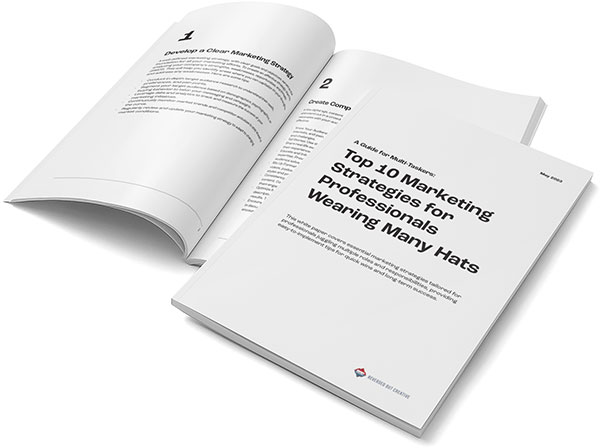
Templates are an inexpensive way to build a website, but they can cause problems for your brand, hinder your ability to grow, and cost more in the long run. In this article, discover the downsides of template-based websites and why getting a custom-made website developed by a professional is a more effective option.
Templates are not unique to your brand.
- Templates are generic and are not unique to your brand, business, or industry. If you want a website that is unique and custom-made for you, then templated websites aren’t the best option.
- Templates don’t adapt to changes in technology over time as well as custom sites do. For example, if a new browser comes out (like Google’s Chrome) and all of the sudden everyone wants it, then your site may look outdated because it hasn’t been built within the framework of that new browser yet.
Too many templates can cause problems for you with Google.
If you are too reliant on templates or code that is not unique, this can cause problems for your website. Google will think that you are a content farm or a duplicate content site, which means that your website may be de-indexed or penalized if it does not change its ways.
This problem is especially important for local SEO. If Google can find the same content on many sites in the same area, then they will assume those pages are duplicates of each other and mark them as such to prevent them from being displayed in search results.
Updates to the templates leave you vulnerable to security issues that the developer doesn’t fix.
If a developer designed your site with templates, and you don’t own the license to the template and decide to leave that developer for another, you will be forced to rebuild the site at your own expense. However, if your company does own the license, then your company can take the site with them and use it in its next project.
Why is this important? If you think about it, most small businesses start as one-man bands who have little experience with web design but lots of ideas on how they want their websites to look (and perform). Say they go to a developer and choose a template-based solution over custom web design based on price alone. They will likely leave in due time because they’ve got no real value out of their investment. There’s no way they could sell on such a website if they were part of an agency or even a larger company that needed something more tailored to its needs (unless perhaps it was very niche).
It is difficult or near impossible to fully edit templates without knowing programming languages like HTML or CSS.
Even if you have basic knowledge of HTML and CSS, you will likely be unable to make any changes outside of changing text and adding images. This is because most templates are highly customized and require specialized knowledge to edit them.
They often do not offer the flexibility to do what you want with your website.
As we’ve mentioned, the problem with templates is that they aren’t unique to your brand. As a rule, you don’t want to use any kind of website template on your site. You want it to look like it was designed for your business and nothing else.
The second big reason for not using templates is that Google doesn’t like them either. For example, if a visitor comes to one of our sites and sees something similar on another site, Google will think that we’re trying to game the system by creating duplicate content to rank higher than our competition (which isn’t true). If this happens enough times, then Google will demote our website in search results because they don’t trust us anymore!
Finally (and probably most importantly), when developers update their templates over time with new features and bug fixes—these updates can break things on YOUR website–and can take days or weeks before someone notices! They might even be out of business at this point.
Template sites may seem cheaper but they can be more expensive in the long run if they cause issues like low ranking on search engines or lack of functionality while leaving less room to grow in the future.
The Bottom Line:
- Templates can be expensive.
- Templates can be hard to update.
- Templates can be difficult to customize.
- Templates can be hard to maintain and secure.
Conclusion
To review, if you are looking for a website that is unique to your brand then templates are not the best option. It may cost more upfront, but in the long run, having a developer design a custom-made website will give you a better product and return on your investment. If you have questions about custom sites or are interested in having a website custom-tailored for your business, feel free to contact us at Reversed Out Creative.
Contact Us
At Reversed Out Creative, we understand the challenges and opportunities presented by AI disruption. Our team of experts specializes in web design, SEO, graphic design, and digital marketing services. Reach out to us through our contact form to learn more about navigating the evolving job market and embracing the potential of AI. Together, let’s shape a future that combines human ingenuity with the power of AI.
Next Article: How Much Do Blogs Help SEO?
©2025 Reversed Out LLC. All rights reserved. Privacy Policy.


